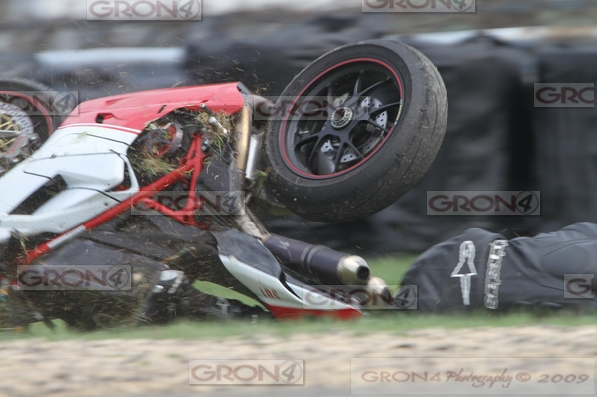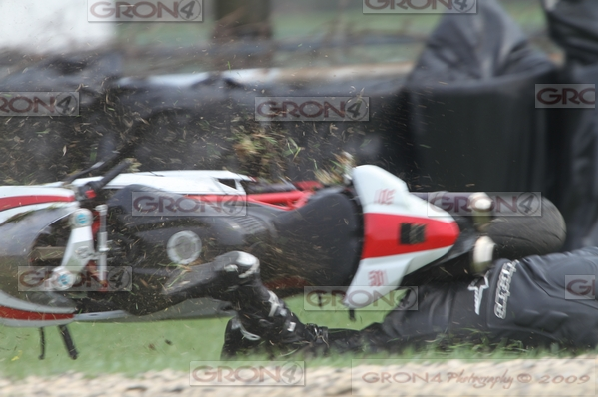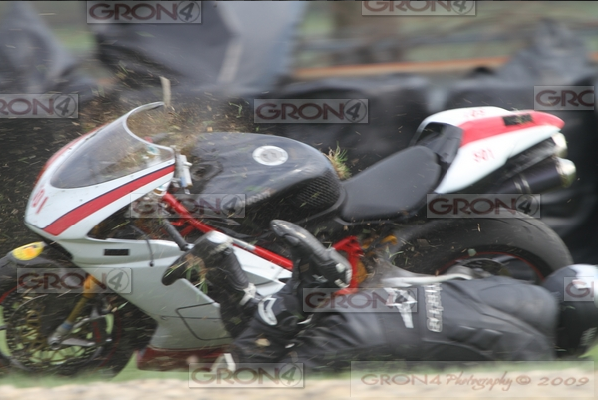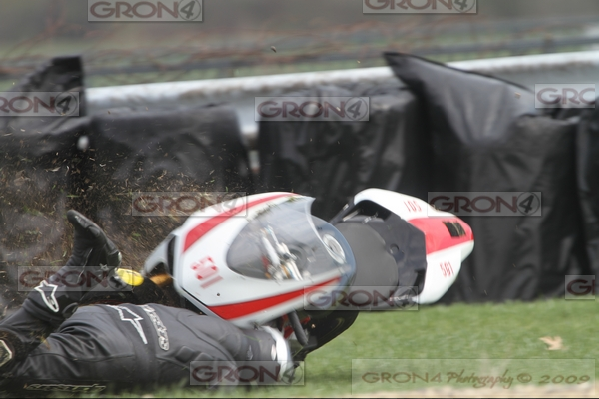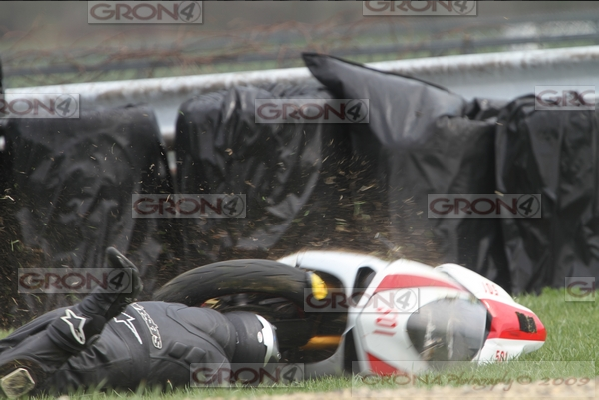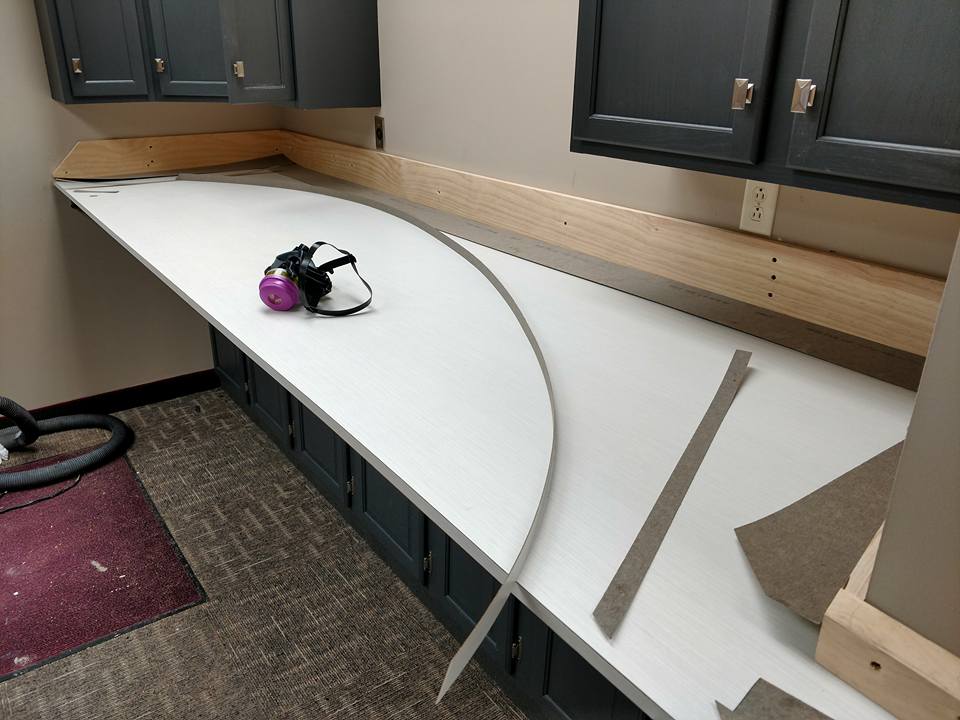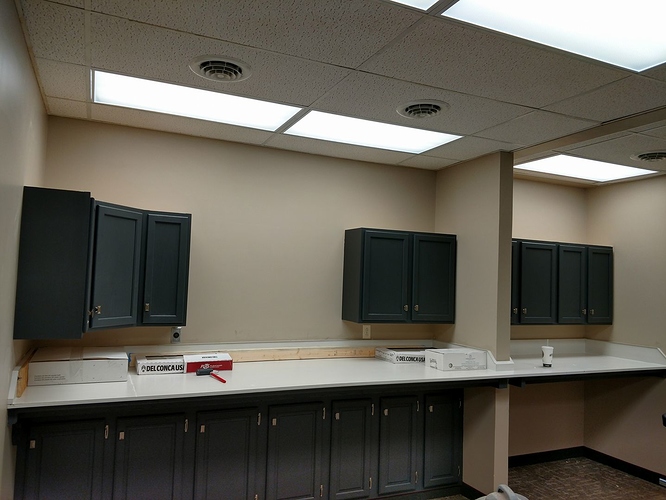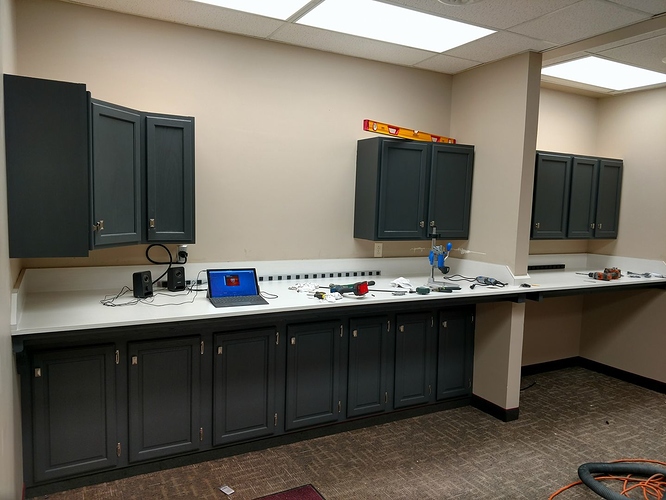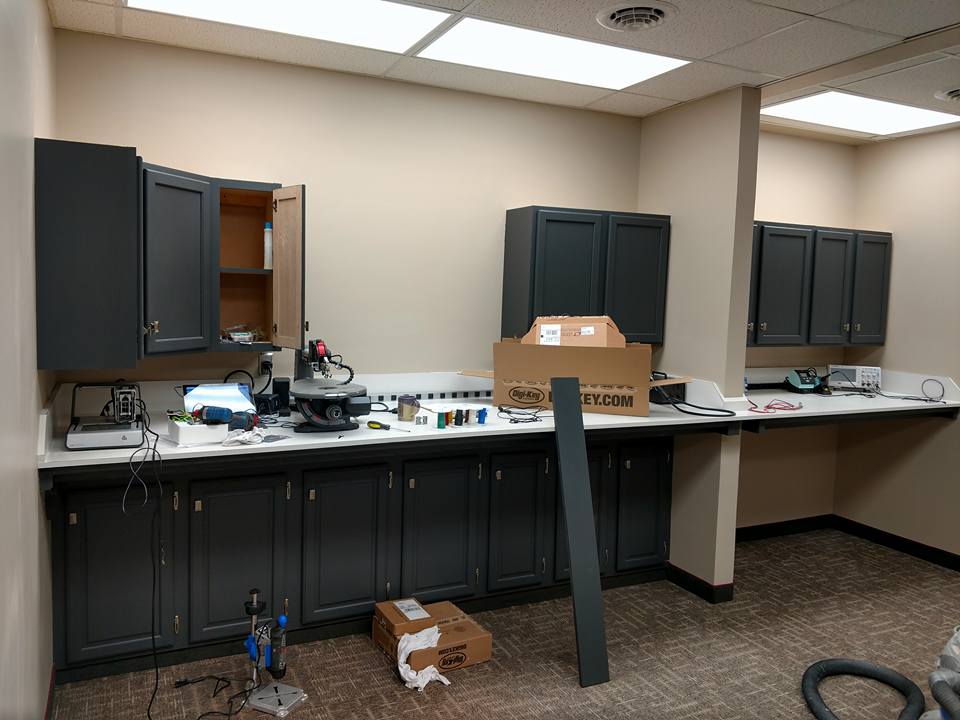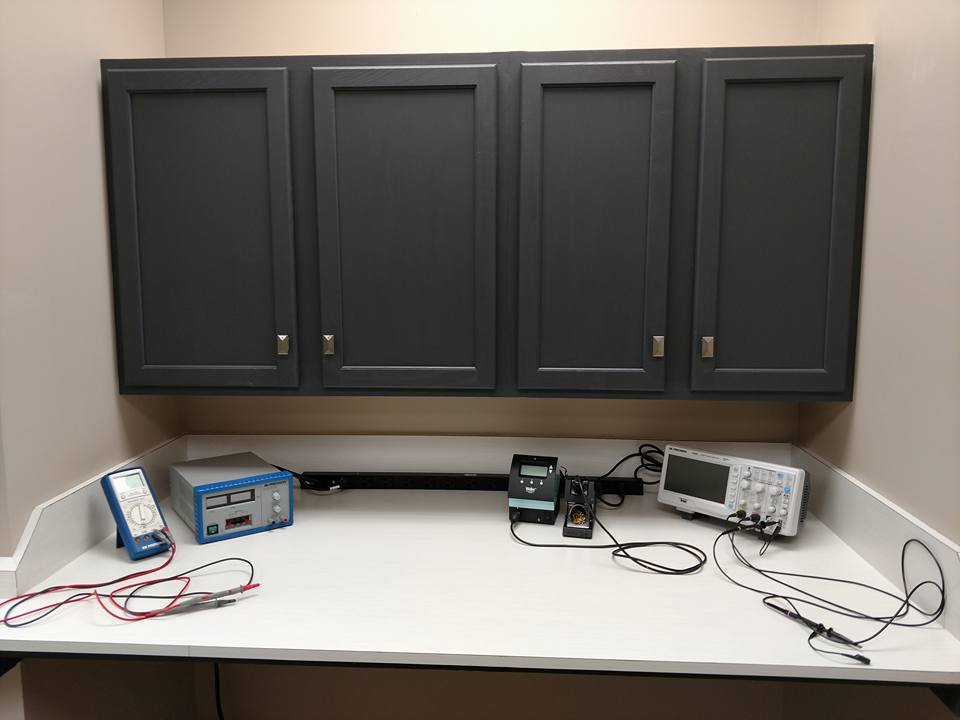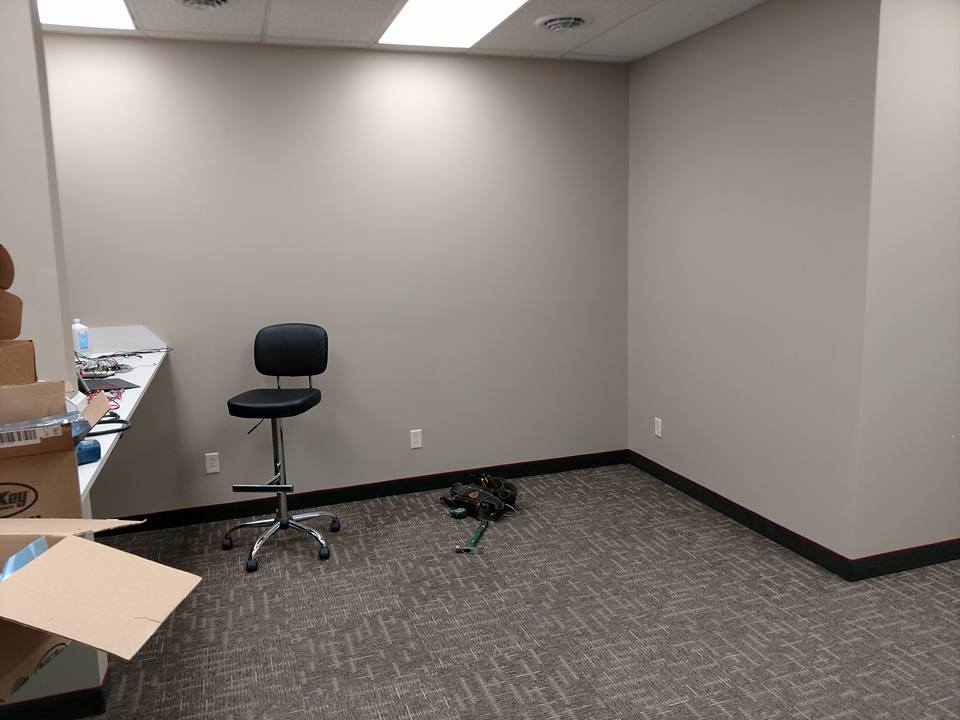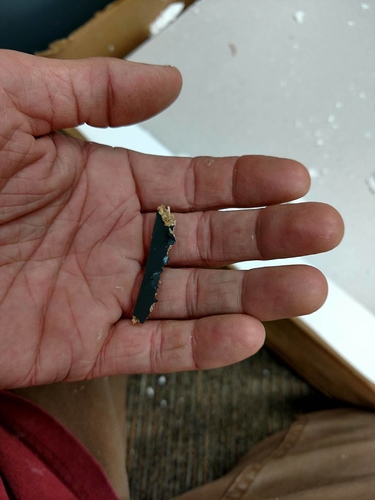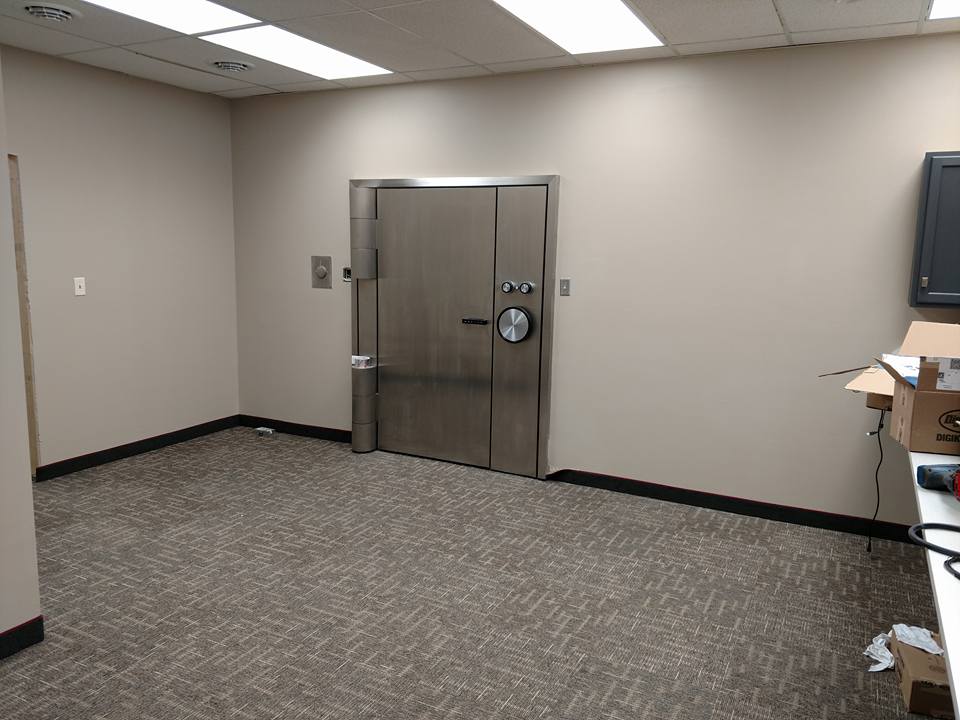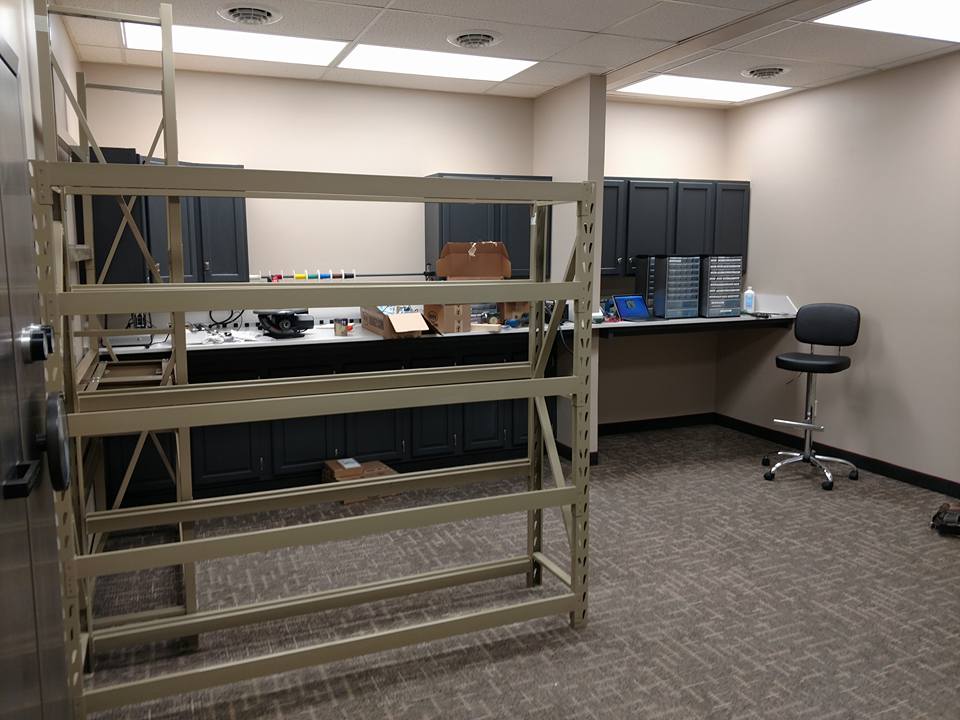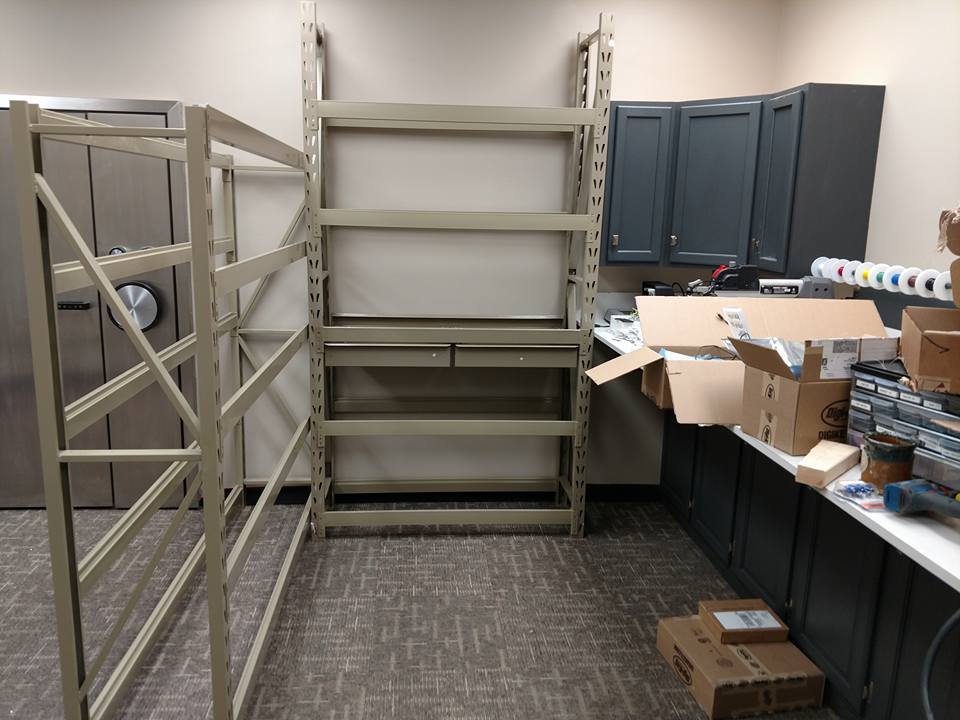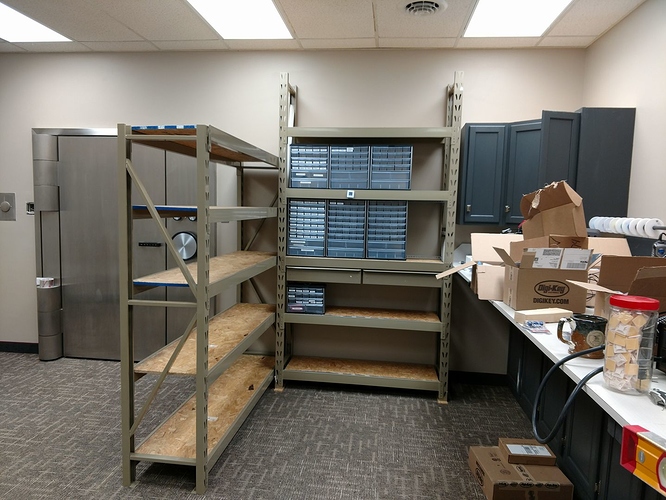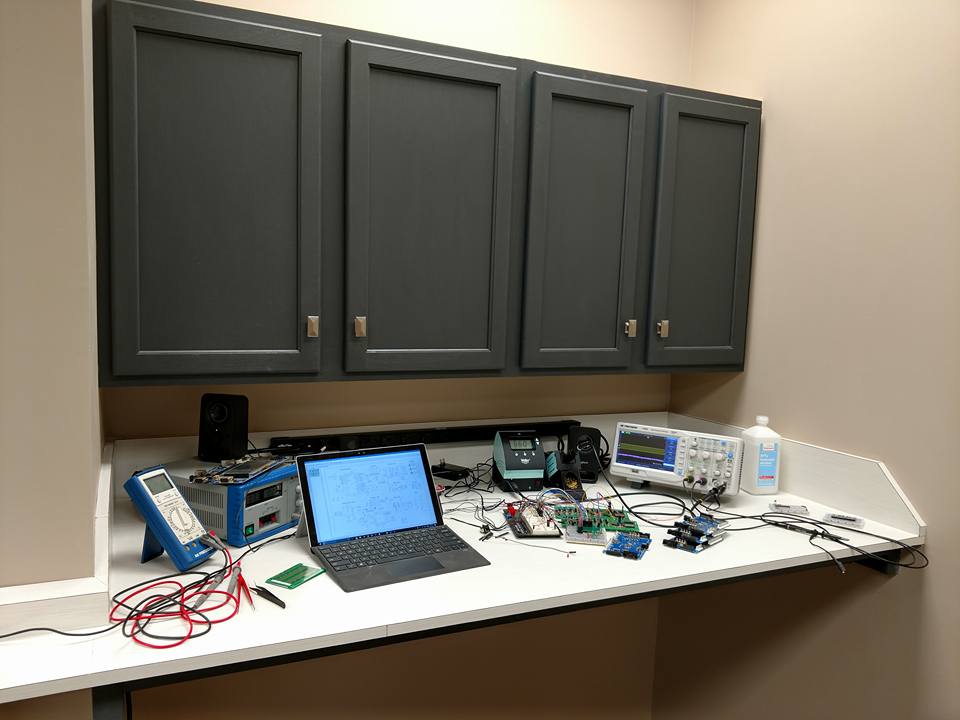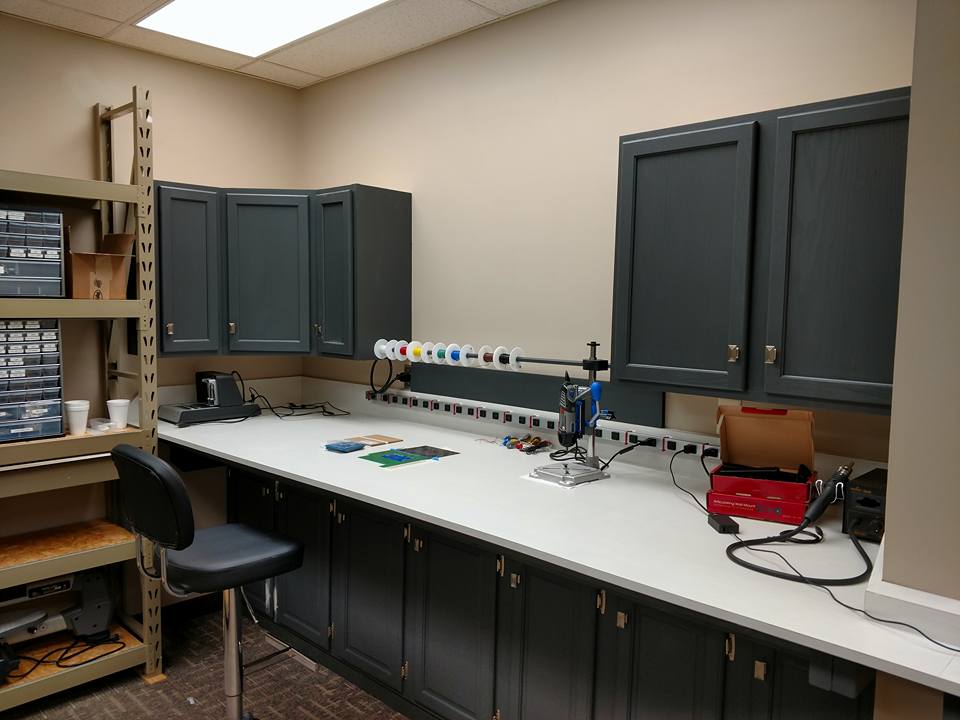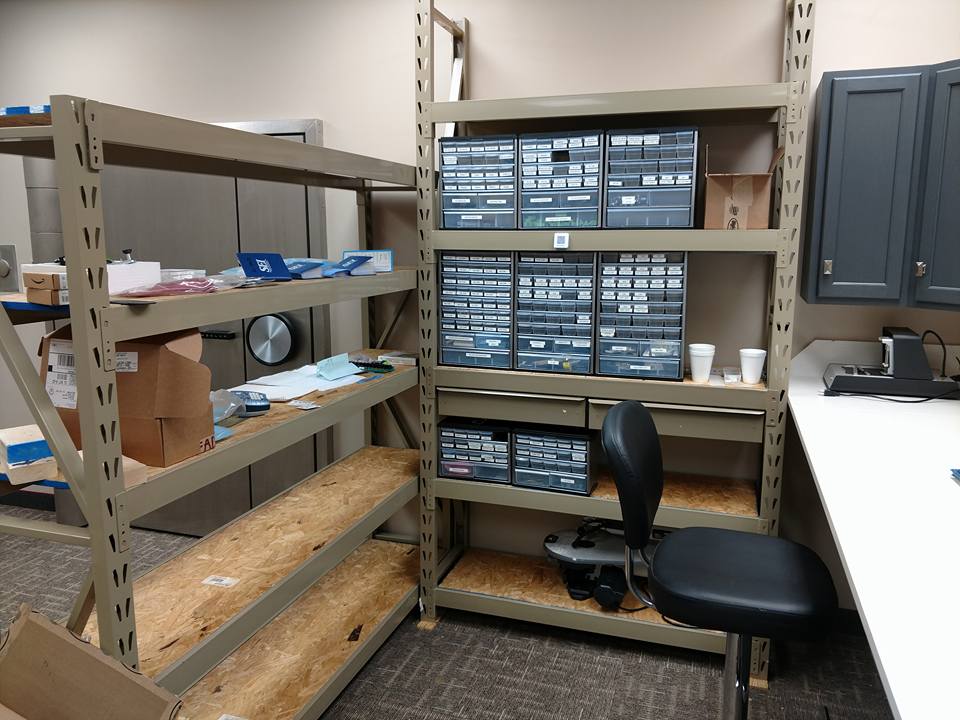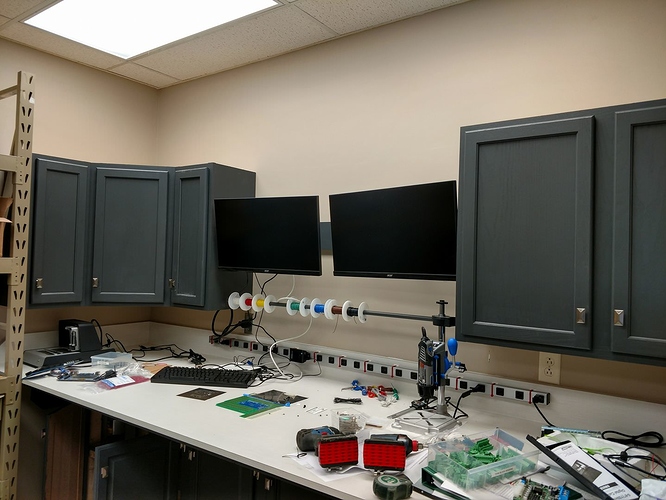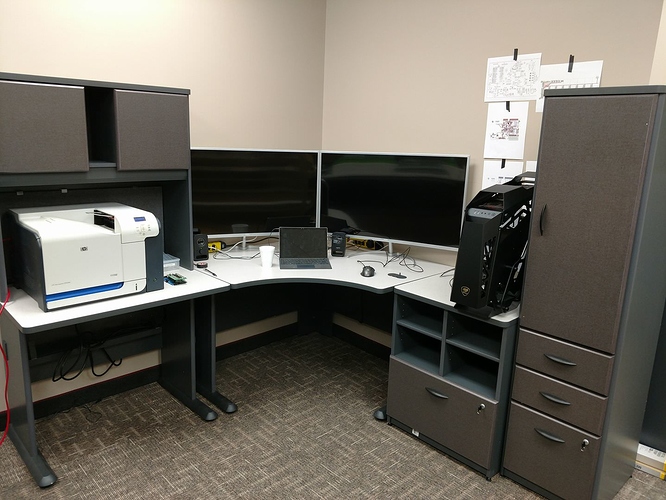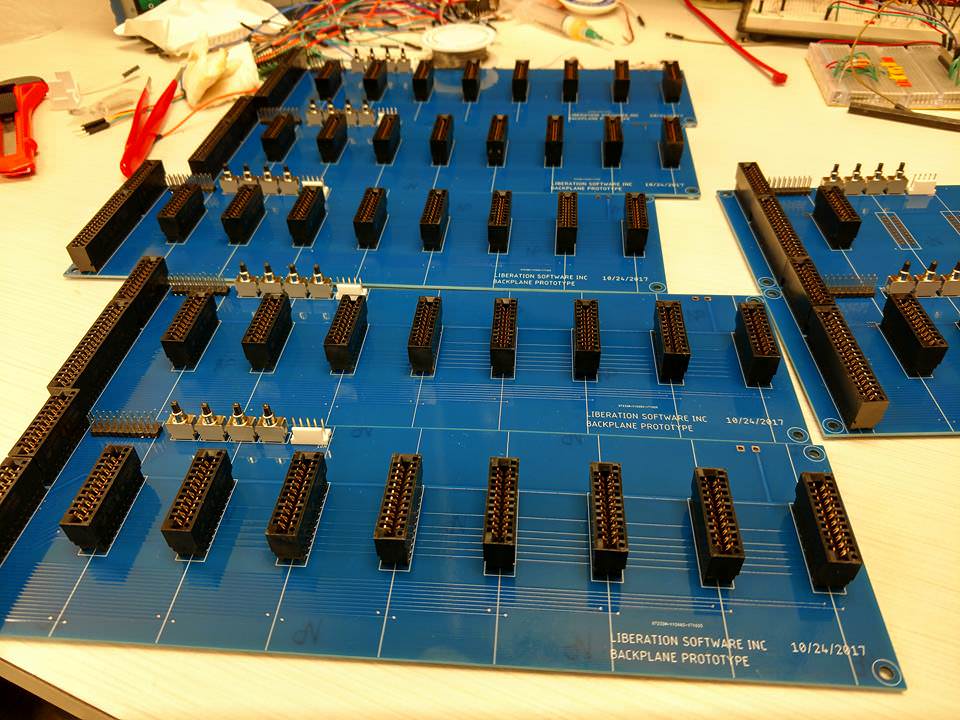Thank you.
I’m hoping we get no “great surprises” after the renovations, like you encountered. I was involved every step of the way and made every decision on floor plan, etc. I also did all of the electrical re-wiring, and a good amount of work framing, carpeting, doing ceiling tiles, HVAC, bench building, etc.
So if something goes horribly wrong, I can only blame myself.
Along the way we only had one bad accident, when I got electrocuted.
(Yes, you read that right).
When the building was wired in the 70’s, the electricians of the age took certain liberties with regards to how they routed 120v hot legs and neutral legs. There are only about 1 common (neutral, white) lines for every 2 hot legs. Part of my rewiring involved bringing 4" junction boxes scattered about the building in to modern code, with regards to conductor fill factor. They had boxes so overstuffed you couldn’t get the panels on them. Most splice boxes were hanging open with a spaghetti mess of wiring.
So I ran hundreds of feet of new conduit, and started rearranging circuits to fit the new floor plan, and everything I touched along the way was brought up to modern NEC code.
One “trunk” I was working on consisted of 9 separate circuits, 4 switched return legs, and had 2 commons in it. The box was so overstuffed I couldn’t even get to everything. And, it happened to be 18 feet off of the floor at the very underside of the roof, over a main HVAC trunk; so I could hardly reach it.
To get there I was standing on the very top of a 10’ ladder, with my right arm slung over a metal roof girder, and my left arm stretched out as far as it could go. I was pulling decommissioned circuits out of the box; every hot leg tested dead, no circuits active, all the breakers for those identified circuits were off.
Well, those commons bit me. My left hand was twisting back together a group of commons. It turns out that in a completely different conduit, elsewhere, the rear stairwell lights were ran without a common; they used one of the two lonely commons which 9 other circuits were using, and came “back” through this junction box. So I’m twisting a bundle of white wires back together when the whole mess of them arcs.
At some point between testing that box that everything was dead, and the time I worked on it (keep in mind every circuit had already been identified), someone tried switching on the rear stairwell lights to paint (they didn’t come on; I had the commons torn apart). Testing again (I always test before touching something) before I twisted the wires revealed nothing because the circuit was incomplete, right up until I gave that common leg a path to ground when I grabbed it…
I lock up. My left hand had slipped forward off the insulated handles and my bare index finger and thumb were touching the metal jaws; my right hand was gripping a roof girder, and my right armpit was over an HVAC steel bracket wired to the building superstructure. I was grounded 100% across from one hand to the other, and was shocked right across my chest.
I started losing my balance, and the fall broke the connection. Only thing that saved my life was falling.
Except my right armpit was hung over the HVAC so I dangled there for a minute until I got control of my body again, and got my feet back under me on the ladder.
Well, we isolate what the damn circuit was that returned along that common path, and killed it. I got back up and finished tidying up that box.
Come down.
Not feeling so well.
So I get an employee to take me over to the ER.
They did an EKG, and a bunch of other tests. I’d depolarized half of my heart - I had an incomplete right bundle branch block show up on the EKG. The left side of my heart had begun triggering the right side to beat, after I’d depolarized the right side from the electrocution event…
48 hours later I was back to normal.
But, this remains a good teachable moment to other aspiring circuit designers and electrical dudes. Always be careful.
I should have been wearing my insulated antishock gloves when doing the job; but had taken them off on that one ascent, because the handholds were precarious.

